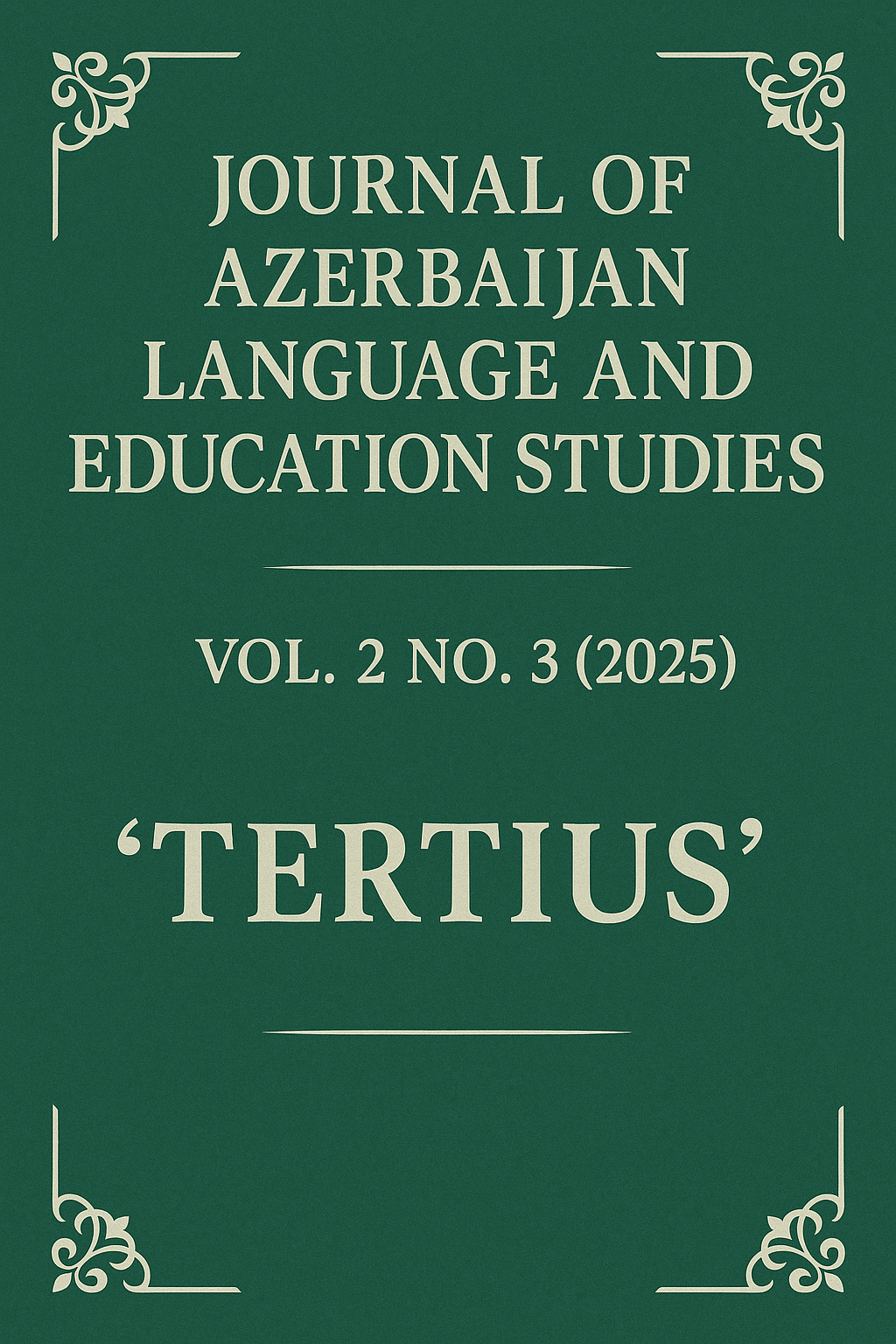Comparative Analysis of the Verb “to be” in Seven Indo-European Languages
DOI:
https://doi.org/10.69760/jales.2025002011Keywords:
Indo-European languages, Verb “to be”, Comparative linguistics, Copula, Morphological analysis, Historical linguisticsAbstract
This study investigates the morphological, syntactic, and semantic features of the verb “to be” in seven Indo-European languages: English, German, Russian, Persian, Sanskrit, Latin, and Lithuanian. As one of the most fundamental verbs across languages, “to be” serves critical grammatical functions such as copula, existential marker, and auxiliary. Using a comparative linguistic framework, the research examines the forms of “to be” in present, past, and future tenses, identifies shared roots and divergences, and highlights regular and irregular paradigms. Tables are provided to demonstrate inflectional patterns and the role of person, number, and tense across these languages. The diachronic analysis traces the evolution of the proto-Indo-European root *h₁es- and its reflexes, revealing both inherited structures and language-specific innovations. The study also contextualizes the verb's syntactic behavior in copular and existential constructions, providing examples in each language. The results illustrate both continuity and transformation within Indo-European verbal systems and offer insights into the historical development of grammatical categories. This paper contributes to comparative and historical linguistics, with implications for language teaching, typology, and philological studies.
References
Ajotikar, T., Kulkarni, M., & Bhattacarrya, P. Verbs in Sanskrit Wordnet. In GWC 2012 6th International Global Wordnet Conference (p. 30).
Beekes, R. (2011). Comparative Indo-European Linguistics: An Introduction (2nd ed., revised by M. de Vaan). John Benjamins.
Bopp, F. (1862). A comparative grammar of the Sanskrit, Zend, Greek, Latin, Lithuanian.. (Vol. 3).
Bopp, F. (2022). Comparative Grammar of the Sanskrit, Zend, Greek, Latin, Lithuanian, Gothic, German, and Sclavonic Languages: Vol. II. BoD–Books on Demand.
Deshpande, M. M. (1992). Justification for verb-root suppletion in Sanskrit. Historische Sprachforschung/Historical Linguistics, 105(1. H), 18-49.
Fortson, B. (2010). Indo-European Language and Culture: An Introduction (2nd ed.). Blackwell.
Hock, H. H. (2015). Proto-Indo-European verb-finality: Reconstruction, typology, validation. In Proto-Indo-European syntax and its development (pp. 51-78). John Benjamins Publishing Company.
Lambton, A. K. S. (1953). Persian Grammar. Cambridge University Press.
Luraghi, S. (1995). The pragmatics of verb initial sentences in some ancient Indo-European languages. Word order in discourse, 30, 355.
Luraghi, S., Inglese, G., & Kölligan, D. (2021). The passive voice in ancient Indo-European languages: inflection, derivation, periphrastic verb forms. Folia Linguistica, 55(s42-s2), 339-391.
Ostler, N. D. M. (1979). Case-linking: a theory of case and verb diathesis applied to classical Sanskrit (Doctoral dissertation, Massachusetts Institute of Technology).
Remys, E. (2007). General distinguishing features of various Indo-European languages and their relationship to Lithuanian. Indogermanische Forschungen, 112, 244.
Ringe, D. (2006). From Proto-Indo-European to Proto-Germanic. Oxford University Press.
Watkins, C. (2000). The American Heritage Dictionary of Indo-European Roots (2nd ed.). Houghton Mifflin.
Downloads
Published
Issue
Section
License
Copyright (c) 2025 Journal of Azerbaijan Language and Education Studies

This work is licensed under a Creative Commons Attribution-NonCommercial-NoDerivatives 4.0 International License.




